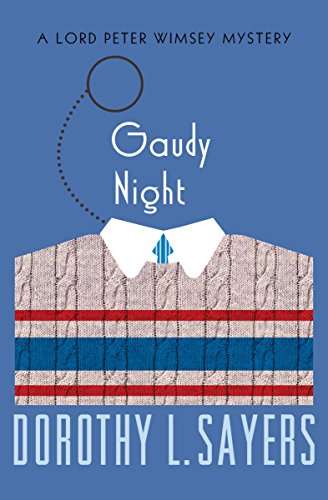
Being an old writer, I had the privilege, at the very beginning of my novel-writing career, of getting my manuscript vetted by a genuine, old-school editor/publisher, Jim Baen. When I read books written by today’s crop of self-published novices, I am continually reminded to thank God for that privilege.
Who’s Killing All My Old Girlfriends? by Jon Spoelstra is one of those books that screams for an editor. The author shows signs of talent, but his poorer instincts need restraining.
Charlie North, the hero of WKAMOG?, is, according to his own account, a successful blogger in Portland who makes a decent retirement income off posting once a week (he’s a little vague on what his winning formula is. It certainly isn’t the quality of his prose). He’s a widower whose beloved wife died of cancer not long ago. One day while talking with his ex-cop friend Bert, he comes up with the idea of going to see the three women he dated seriously before getting married. To see if he could have been happy with any of them, or something.
He goes to Los Angeles to see the first. She dumps a bowl of yogurt on his head. Then, shortly after they part, he learns she’s been murdered with a blunt instrument. Charlie is a Person of Interest in the case.
Saddened but undeterred, he goes to Chicago to visit the second. He doesn’t speak to her, but observes her in a restaurant with her husband. They seem prosperous and happy. Soon after, she is killed with a blunt instrument, too.
Finally, he goes to see the third, in Miami. He has a pleasant dinner with her and her husband, but while she’s in the ladies’ room, the husband (who is apparently a mobster) quietly threatens to kill him if he blogs anything further about them.
And shortly after, she is killed with a blunt instrument.
Now Charlie is a Person of Interest for the police in three cities. Fortunately, he has his ex-cop friend, who calls in other ex-cop friends to help, and Charlie concocts a plan to discover the real killer. Or killers. And clear his name.
If all this seems far-fetched, it seemed that way to me, too. The book started out lightly and likeably, but kept getting darker and darker, though the tone never got serious enough to match the body count. And when the final showdown produces a pile of bodies like the last scene of Hamlet, all plausibility flew out the window.
Each chapter opens, for some reason, with stale “old people jokes” – the ones you see posted on Facebook, over and over. The author admits he borrowed them. I have no idea why he thinks they enhance the reader experience.
Also, the writing is just bad in a lot of places. Author Spoelstra offers lines like, “bleeding like a sliced carotid artery in the neck” (where else are you likely to find a carotid artery?). Or “The end of my Lost Loves Saga hadn’t played out yet, of which it might never play out.”
I stuck with it to the end, partly because of conservative opinions expressed or implied. But I don’t really recommend this book.








